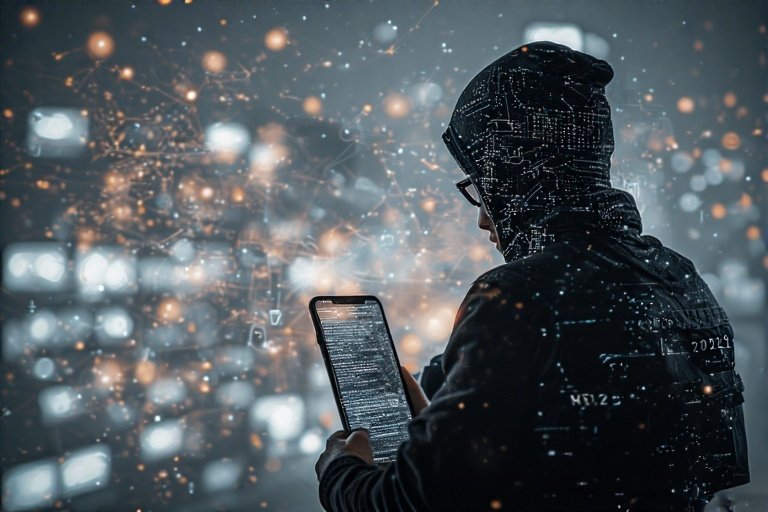As mobile phones continue to evolve into powerful computing devices, they have become central to both our personal and professional lives. From banking apps and confidential emails to social media and entertainment, smartphones carry a vast amount of sensitive information. This increasing reliance on mobile technology makes cyber security for mobile phones an essential consideration.
In this article, we will explore why mobile phone security matters, common threats, and best practices to safeguard your device against cyber risks.
Why Cyber Security for Mobile Phones Cannot Be Overlooked
The convenience of mobile phones brings with it significant security challenges. Smartphones connect to a variety of networks, download countless applications, and often store personal data — all potential entry points for cybercriminals.
Key reasons emphasizing the need for strong cyber security include:
-
Sensitive Data at Risk: Mobile phones often contain passwords, credit card information, private photos, and confidential communications.
-
Exposure to Multiple Networks: Switching between home, office, and public Wi-Fi networks increases vulnerability.
-
Proliferation of Mobile Malware: Attackers increasingly target mobile platforms with sophisticated malware and ransomware.
-
Growing BYOD Culture: The use of personal phones for work-related activities blurs the line between personal and corporate security needs.
Common Cyber Threats Targeting Mobile Phones
Understanding the landscape of threats helps users make informed decisions about protecting their devices. The most prevalent risks include:
1. Mobile Malware
Malicious software designed specifically for mobile platforms can steal data, track activities, or disrupt normal functions.
2. Phishing Scams
Fraudulent messages or apps attempt to trick users into revealing sensitive information like passwords or financial details.
3. Insecure Wi-Fi Networks
Public and unsecured Wi-Fi networks are hotspots for attackers who intercept data transmissions or inject malicious content.
4. SIM Swapping and Account Takeovers
Cybercriminals can hijack phone numbers through SIM swapping, enabling unauthorized access to calls, texts, and two-factor authentication codes.
5. Lost or Stolen Devices
Unprotected devices in the wrong hands can lead to unauthorized access unless strong security measures are in place.
Best Practices to Enhance Cyber Security for Mobile Phones
Protecting your mobile phone requires a layered approach combining technology and smart user habits. Here are essential practices to consider:
Keep Software Updated
Regularly updating your phone’s operating system and apps is critical. Updates patch known vulnerabilities and improve security features.
Use Strong Authentication
Implement complex passwords or PINs, and enable biometric security such as fingerprint scanning or facial recognition. Whenever possible, use multi-factor authentication for added protection.
Download Apps from Trusted Sources Only
Always use official app stores like Google Play or Apple’s App Store, and carefully review app permissions before installation.
Use VPNs on Public Networks
Virtual Private Networks (VPNs) encrypt your internet traffic, protecting your data when connected to potentially insecure Wi-Fi hotspots.
Enable Remote Lock and Wipe
Configure your device to allow remote locking or data wiping in the event your phone is lost or stolen.
Be Vigilant Against Phishing Attempts
Avoid clicking suspicious links or downloading attachments from unknown sources. Verify the legitimacy of requests for sensitive information.
The Value of Professional Solutions
Given the evolving nature of mobile threats, relying on built-in device features may not be sufficient. Specialized cyber security solutions offer advanced protection such as real-time threat detection, secure browsing, and privacy safeguards tailored for mobile phones.
For those seeking reliable protection, researching and investing in trusted services that specialize in cyber security for mobile phones can significantly enhance device safety and data privacy.
Conclusion
Mobile phones are indispensable tools but also present unique security challenges that must be addressed proactively. By understanding the risks and adopting comprehensive security measures, users can protect their devices and sensitive information from increasingly sophisticated cyber threats.
Taking cyber security for mobile phones seriously not only safeguards personal privacy but also supports the secure digital experiences essential in today’s connected world.







